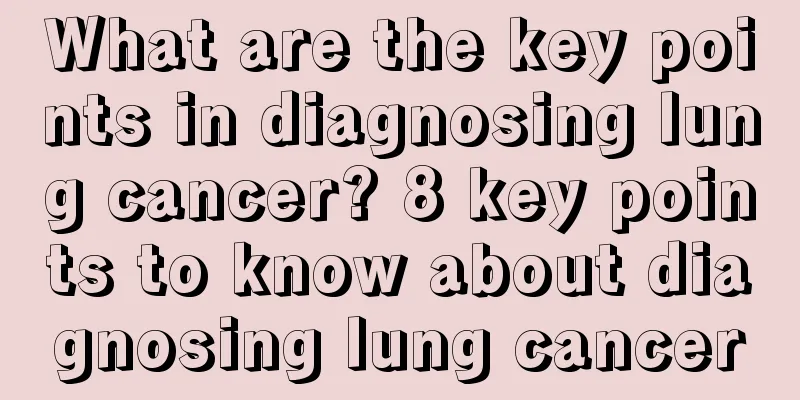Understand the 3 special types of ovarian cancer

|
Ovarian cancer is extremely harmful to women's physical and mental health. There are various types of ovarian cancer, and the treatment methods for different types of ovarian cancer are also different. The pathogenesis of ovarian cancer is complex and the disease is changeable. Ovarian cancer can be divided into many types based on its pathogenesis. Some of them are high-risk factors for ovarian cancer, and patients need to pay more attention. 1. Sporadic ovarian cancer Sporadic ovarian cancer has obvious gene mutation. Currently, two recently developed methods for detecting gene mutations, namely denaturing high performance liquid chromatography (DHPLC) and fluorescent dideoxy fingerprinting (f-ddF), are used to detect heterogeneous tumor specimens to confirm the gene mutation results of sporadic ovarian cancer. Classification of ovarian cancer: Sporadic ovarian cancer generally occurs in the second generation of blood relatives in the family, including brothers and sisters, children and their grandparents on both sides. 2. Familial ovarian cancer Familial ovarian cancer refers to a family with two or more first- or second-generation blood relatives who suffer from ovarian cancer. The disease is often passed down through the family. Women in such families have a high chance of developing ovarian cancer. Women without a family history of ovarian cancer have a lifetime risk of 1/70. If one first-degree relative is sick, the risk increases to 5%; if two first-degree relatives are sick, the risk is 7%. Therefore, screening, diagnosis, consultation and preventive treatment for them are one of the important issues in the field of gynecological tumors. Other gynecological tumors such as breast cancer and endometrial cancer may also follow this familial tumor formation pattern. 3. Hereditary ovarian cancer There are certain genetic factors in the occurrence of ovarian cancer. Women with a family history of ovarian cancer are much more likely to develop the disease than those without a family history. It is mainly manifested as a clustered ovarian cancer family with autosomal dominant inheritance. Patients with hereditary ovarian cancer develop at an early age, with an average age of about 52 years old, about 7 years earlier than ordinary ovarian cancer patients. Patients with this type of obvious hereditary disease should pay more attention and strive for early diagnosis to obtain the best therapeutic effect. |
>>: Bladder cancer tumor removal surgery cannot be rushed
Recommend
Are solid fragrance agents harmful to the human body?
I believe most of my friends are familiar with ai...
Some common complications of malignant melanoma
In China, although the incidence of malignant mel...
Tongue cancer medication guide explanation
As we all know, the occurrence of diseases is rel...
What are the signs before lung cancer attacks? Three common manifestations before lung cancer attacks
Any disease is not very obvious in the early stag...
How to prevent cervical cancer
If you don't pay attention to it, you will re...
What to do if the bridge of nose is crooked
The bridge of the nose is an important part of th...
What causes roseola?
Herpes is a viral infection that mainly occurs on...
What is the fastest way to treat migraine?
Migraine is annoying, affects human health and br...
What to do if Fengyoujing gets into your eyes
Menthol is extracted from mint and combined with ...
What is the cause of constipation in gallbladder cancer
At present, the incidence of gallbladder cancer i...
What is beauty and health massage like?
I believe many people have had a massage, and now...
Air conditioner energy efficiency rating
It has to be said that air conditioners have beco...
Abdominal pain after colonoscopy
Colonoscopy can effectively detect pathological c...
How many minutes does it take to steam the crabs?
There are many ways to prepare crabs. Generally, ...
Can pancreatic cancer patients infect others?
Pancreatic cancer is a serious malignant tumor wi...









